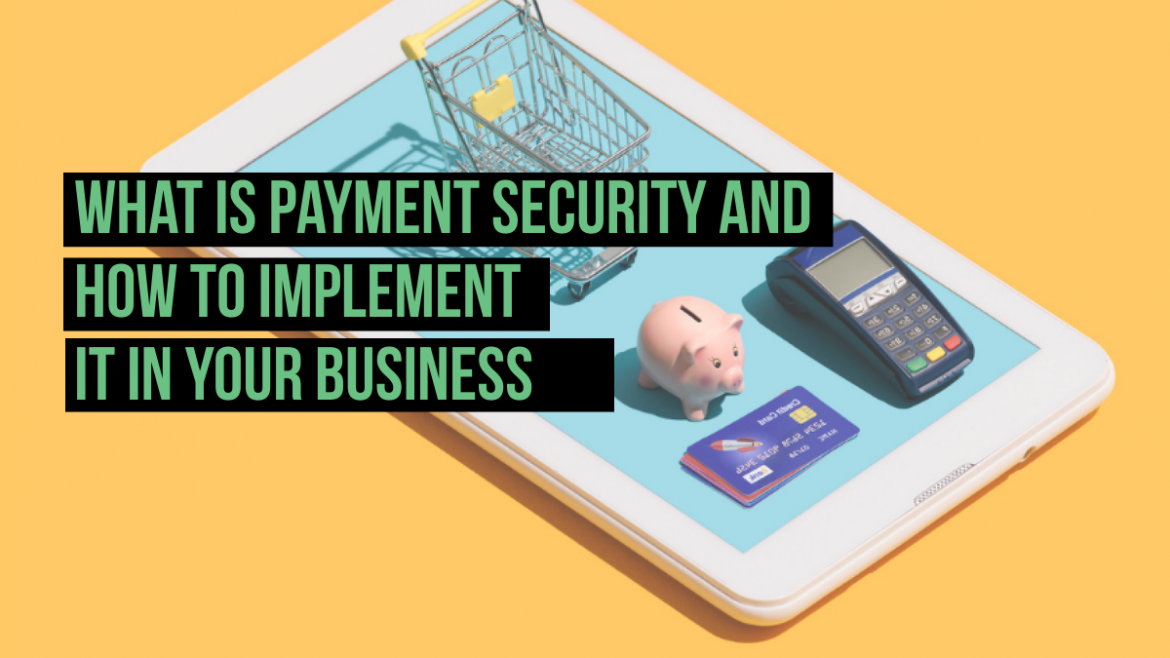With each passing year, cybercriminals are getting more proactive in finding loopholes to scam both merchants and individuals purchasing from them. In 2021, 71 percent of U.S. organizations were victims of payment fraud. The best way to avoid being on this list is to invest in some form of payment security to keep your business transactions safe.
Not sure where to get started? Here’s the lowdown on payment security, what it involves, and how best to implement it.
What Is Payment Security?
Payment security refers to the regulations and security practices that protect customers’ and business partners’ data, privacy, and transactions. That’s particularly relevant for digital payments, which have become an integral part of our lives. With over nine million online retailers in the world, having security for various payments is of crucial importance.
Payment security also makes things easier when it comes to the costs of doing business. It improves the conduct of trade for your business, allows you to get better trade offers, and enhances the stability of your financial system.
Key Payment Security Features
When it comes to implementing payment security, the first thing you’ll need is an SSL protocol on your website. That helps encrypt information going through the site, including sensitive data such as credit card details. Having an SSL certificate tells your customers that your site is safe to use, improving your credibility and online reputation.
Next, you’ll want to provide a payment process that contains no vulnerabilities. The best way to achieve that is to use tokenization, which authenticates customers during their purchase without affecting the security of the transaction. As the name implies, tokenization uses tokens (random strings of characters) to replace sensitive information.
To add another security layer to card-not-present transactions, consider implementing 3D Secure Authentication. This system requests biometrics or tokens to authenticate cardholders, potentially decreasing the number of fraudulent attempts.
PCI Data Security Standard
In addition to taking advantage of the above features, your business should follow the PCI Data Security Standard to ensure payment security. That involves regularly assessing all areas of your company for security vulnerabilities. These assessments require taking inventory of any systems and technology you use to capture sensitive card data.
Once you conduct an assessment, you should remediate any vulnerabilities you found. The remediation process includes scanning your networks, categorizing vulnerabilities to prioritize key areas, and applying changes to patch vulnerabilities. Once this process is complete, it’s recommended to run an additional scan to ensure all issues have been resolved.
If you’ve identified and addressed security vulnerabilities, you’ll need to submit a remediation report known as the Attestation of Compliance (AOC). Include all the payment security efforts you took to get rid of these vulnerabilities and send the report to all card networks and acquiring banks your business works with.

